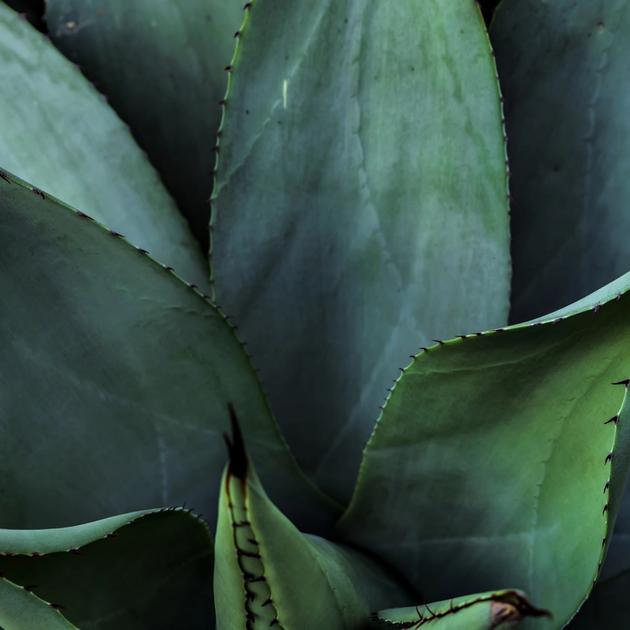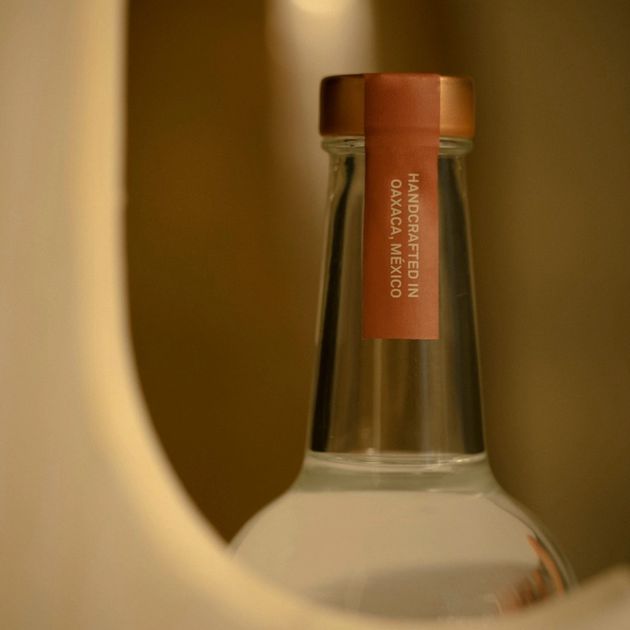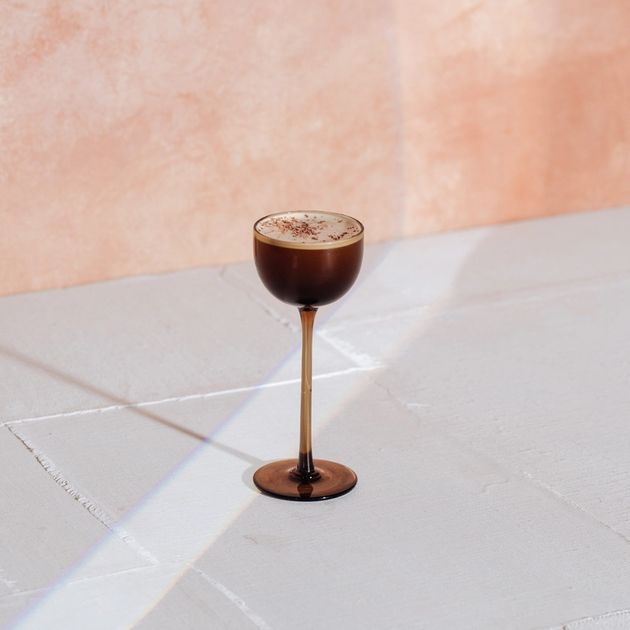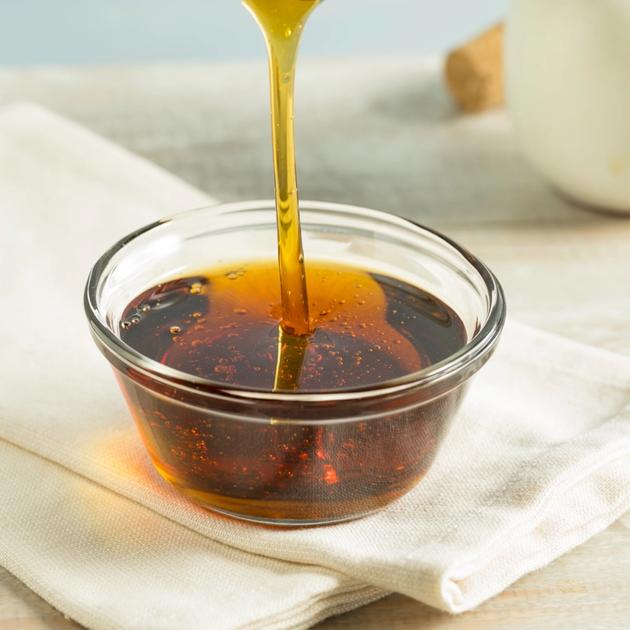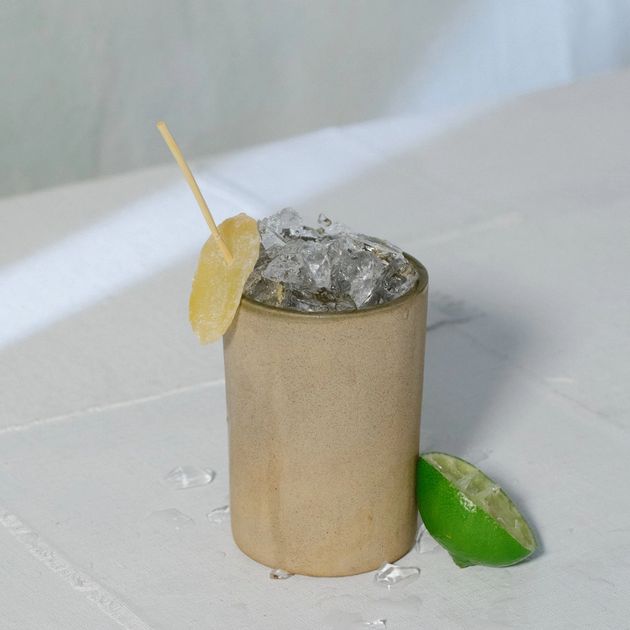No One Does Folk Art Like Oaxaca
One of the most recognizable forms of Mexican folk art comes from the state of Oaxaca. A mixture of many traditions, this artform dates back to well before the Spanish settled the area. Found in a variety of mediums, from fabrics to sculptures to paintings to architecture, Oaxacan art is never in short supply.
The Most Vibrant Colors
The artwork of Oaxaca is known for the vibrancy of colors it employs. Bright blues, reds, yellows, turquoise, greens, and hot pinks are often some of the most noticeable colors used by Oaxacan artisans. The rules of color in Oaxacan art are simple—there are none. The abundant kaleidoscope of hues that make up this diverse artform is the signature of this folk art that makes it stand out among the rest.
Unique Handmade Textiles
The beautiful artisan designs found on the clothing made in the area have recently made their way to the high-end fashion world. Designer Isabel Marant and another French company, Antik Batik, have recently been embroiled in a controversy surrounding these centuries-old, coveted designs.
Both designers attempted to claim that they would patten these Oaxaca art designs as their own, making it so any indigenous Oaxacan person producing similar (and centuries-old) designs would violate copyright laws.
Luckily, the claims were quickly dismissed, leaving this treasured Oaxacan artform to continue as a rich part of Oaxaca’s vibrant history.
Only the Best Quality
A dying art worldwide is the art of handcraftsmanship. But in Oaxacan art, there is no short supply. The people who continue to create the textiles, pottery, and other forms of Oaxacan folk art, for the most part, do it by hand. This means that the quality of the product you receive will be first-rate, one of a kind, and something you’ll want passed on in your family for generations to come.
Spiritual Inspirations
Spiritual inspiration is abundant in the folk art from Oaxaca. Two areas where the spiritual connections are undeniable are Day of the Dead art and The Alebrijes sculptures.
The Day of the Dead is a tradition that marks a temporary open window between the living and the dead, a moment—or day rather—when the dead are free to cross back into the living world. The influence of this tradition can be found in many forms, including sculptures and tapestries.
The Alebrijes are known as “spirit animals” and are the melding of two different animals. The sculptures based upon the spiritual beliefs of Oaxacan culture continue to be a prevalent part of this folk art tradition. And they make for a really cute souvenir, too.
Mezcal as an Artform
The folk art of Oaxaca is not the only type of art that the region is known for. Another prominent artform of the area is, of course, the ancient spirit of Mezcal. The traditional way in which this sipping spirit continues to be made makes Mezcal an artform all on its own. In turn, that kind of makes us (the makers of Mezcal Rosaluna) artists… not to brag.
The Top Handcraft of Tlacolula De Matamoros
Tlacolula De Matamoros is an area of Oaxaca best known for its production of Mezcal. Nestled within Tlacolula de Matamoros is a tiny, beautiful town called Santiago Matatlán, home to the one and only Mezcal Rosaluna.
Mezcal Rosaluna is known for its handcrafted, all-natural methods that honor tradition. Just like the art from the area, we aim to promote the region’s rich history through the production of our prized spirit.
A Variety of Flavors
The beauty of this simple drink is centered around the variety of flavors that can be found in one glass of Mezcal Rosaluna.
Leading with a rich caramel flavor and blend of warm spices, Mezcal Rosaluna is an inspired mixture of everything from agave to tropical flavors to its distinct smoky taste that stems from our hands-on methods. At the end of the day, we like to think of our Mezcal Rosaluna as a work of art.
Where to Find the Best Folk Art in Mexico
There are countless villages in Oaxaca that offer Oaxacan folk art, and each village is known for a different type of folk art offering.
- Santo Tomás Jalieza is where you will find different textiles to meet your every need.
- Teotitlán del Valle is the place to be if you are in the market for rugs.
- Santa María Atzompa is a perfect place for Oaxacan pottery.
- San Bartolo Coyotepec is known for its black pottery.
- San Martín Tilcajete is the place to find beautiful wood carvings.
These are just a few villages in Oaxaca that offer the finest authentic folk art in the region.
If you are looking for the village that brings you the best Mezcal Oaxaca has to offer, look no further than the Mezcal Pensamiento, a weekly market.
From Traditional Art to Our Clean, Modern Mezcal Labels
A company born on traditional principles, one would not expect anything less than Mezcal Rosaluna’s label to be inspired by traditional Oaxacan folk art.
Our artwork captures the spirituality and simplicity of the region where Mezcal Rosaluna was born. It is a representation of Oaxacan folk art at its finest.
More specifically, our label features two figures giving thanks to the moon—a representation of the night, which is when pollinating bats fly overhead—for the pollination of the agaves growing right in front of them. Our Rosaluna red pays tribute to the deep clay color found abundantly throughout Oaxaca. Every aspect of our product is a nod to the rich Oaxacan culture we hail from.
Steeped in the culture, tradition, and history of the Mezcal brought to you by Mezcal Rosaluna, we invite you to taste what the region has to offer. Even if you can’t experience the art of Oaxaca firsthand, you can taste it in every drop of our premium Mezcal.
Sources:
Isabel Marant Embroidered Blouse Plagiarism Row Mexico Antik Batik | British Vogue
The Colors of Oaxaca Mexico | These Foreign Roads
Vibrant Colors Abound in Oaxaca, Mexico | Domino
Art Where You Can Find The Best Folk Art in Oaxaca | The Culture Edits
Day of the Dead in Oaxaca: Traditions & 2021 Trip Itinerary | The Haphazard Traveler

